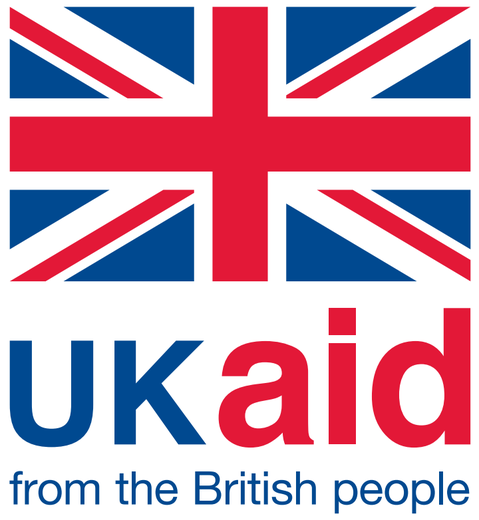Zimbabwe’s minefields are a legacy of the conflict between the Rhodesian Army and the Zimbabwe African National Liberation Army.
During the conflict, over 2.5 million anti-personnel mines and 76,000 fragmentation mines were laid along the border with Mozambique from 1976 and 1979. MAG has been tasked to clear a nearly 3,000 acre stretch of the border minefield in Mudzi district, in eastern Zimbabwe.
We deployed our first mine action and community liaison teams in Zimbabwe in 2017, with two more mine action teams deployed in 2018.
Why we work in Zimbabwe
Dense belts of landmine contamination on Zimbabwe’s border with Mozambique block access to residential land, inhibit cross-border trade, deny small-scale farmers access to agricultural land, separate communities from primary water sources, and adversely affect sanitation and livestock production. Mudzi district – where MAG operates – has one of the worst rates of poverty in the country and suffers from one of the highest rates of food insecurity.
As of September 2018, the scale of landmine contamination in Zimbabwe is estimated to be over 16,000 acres. A survey of Zimbabwe’s northeastern region identified 87 communities with over 75,000 people who are directly affected by mines.
78 minefields were recorded within 500 yards of residential areas. The threat to livestock is particularly severe, with over 120,000 cows lost to date in Zimbabwe due to landmines. Improved access to land and protection of livestock has a huge impact on the lives of people living in the region.
How we help
MAG aims to return land to communities in order to improve access to services, natural resources, land for agriculture and grazing pastures.
MAG’s mine action teams focus on clearing landmines while community liaison teams provide risk education, preventing death and injury from landmines by raising awareness of the problems and promoting safer behavior.









